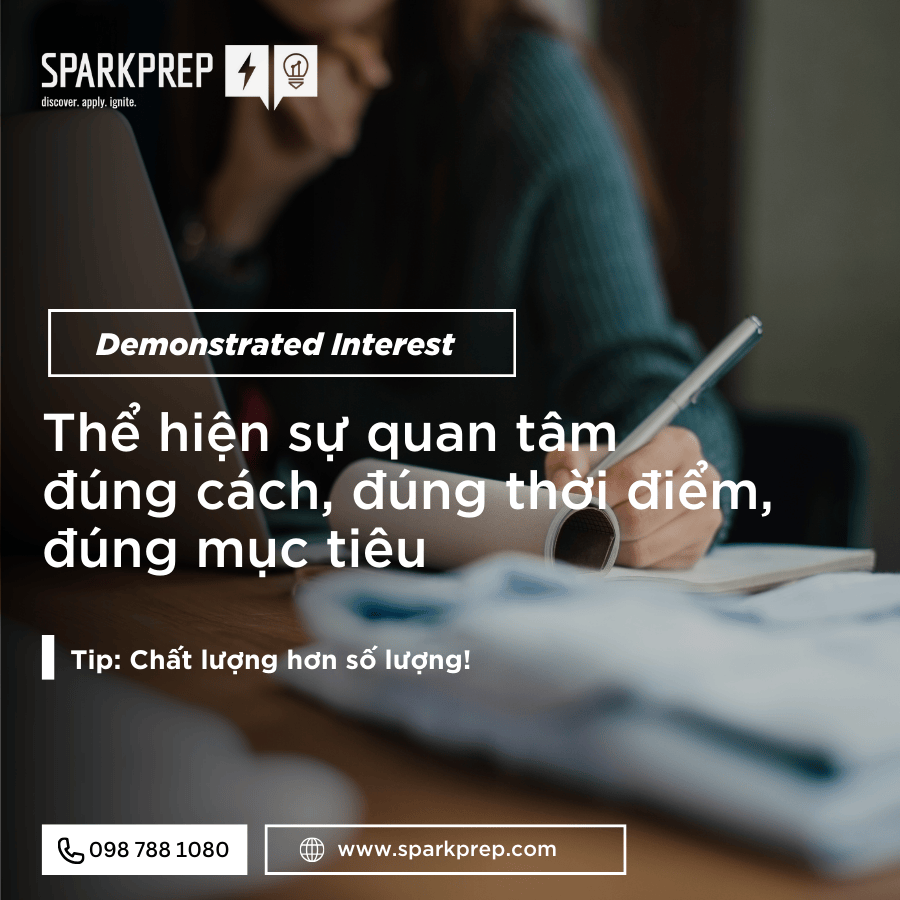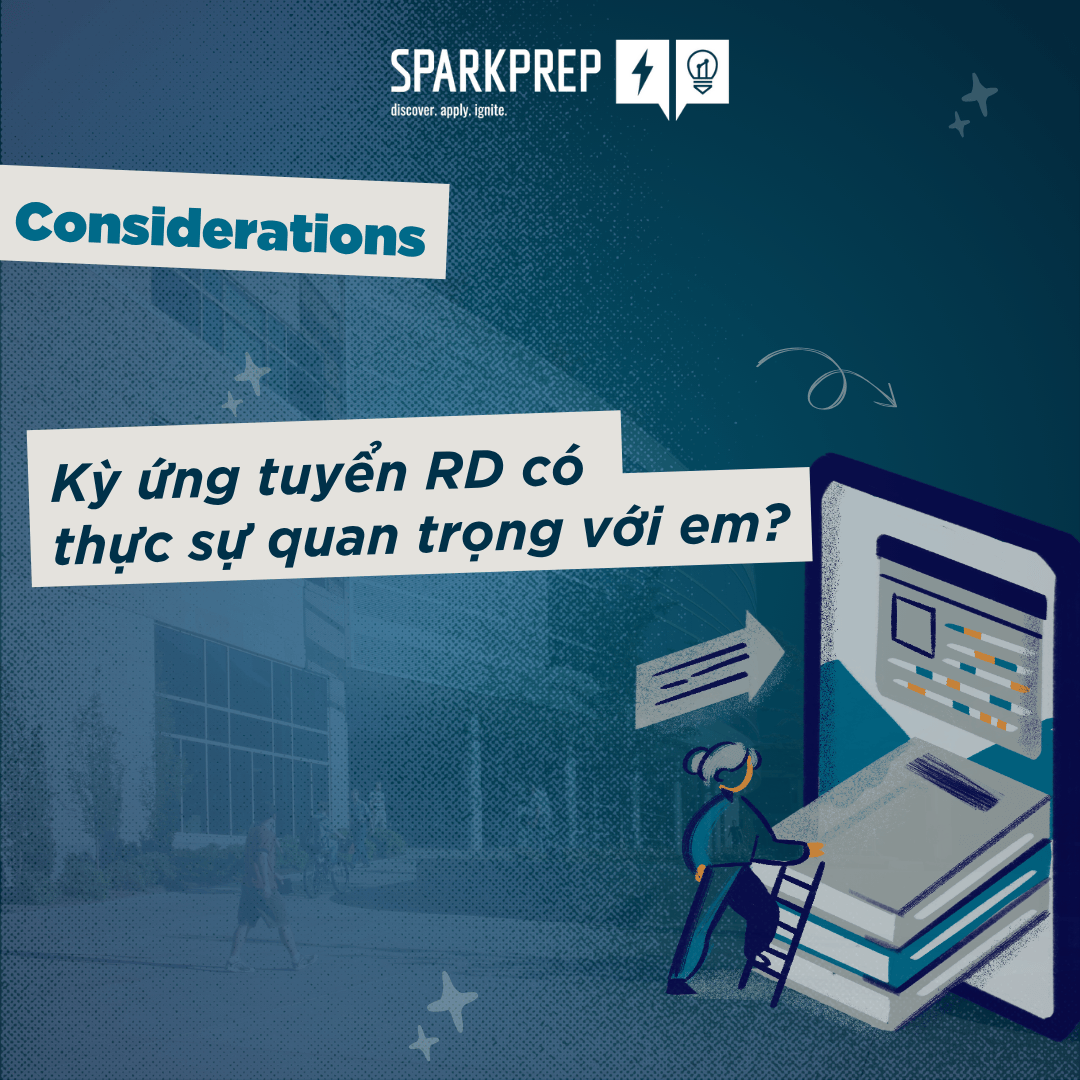Choosing the right university is a significant decision that requires careful consideration. One of the key factors to weigh is whether to attend a public or private university. Both options offer unique advantages and considerations. In this blog post, we will explore the differences between public and private universities to help you make an informed decision that aligns with your academic goals, financial situation, and personal preferences.
- Tuition and fees at public universities: Generally lower for in-state residents compared to out-of-state or international students.
- Tuition and fees at private universities: Often higher, but financial aid packages can offset costs for many students.
- Financial Aid availability: Understanding how financial aid options vary between these types of institutions can significantly impact your decision-making process.
Public Universities:
Private Universities:
When comparing financial aid options between public and private universities, it's essential to consider the "net price" – the total cost of attendance after subtracting scholarships, grants, and aid. This calculation provides a more accurate representation of the cost you and your family will need to cover.
Remember that each university's financial aid process and offerings may differ. It's crucial to thoroughly research and understand the financial aid policies of the universities you're interested in, regardless of whether they are public or private. By doing so, you can make a well-informed decision that aligns with your financial situation and educational goals.

Each option offers unique benefits
- Public universities:
- Private universities:
When considering class size, it's essential to reflect on your preferred learning style and the level of interaction you desire with professors and peers. While larger classes can offer exposure to a diverse range of viewpoints, smaller classes facilitate deeper connections and engagement. Your decision should align with your academic preferences and how you believe you'll thrive best in the classroom environment.
- Public universities: Public universities often have extensive research programs covering a wide range of disciplines. These institutions are likely to offer opportunities for students to engage in various research projects. Due to their larger student populations, public universities can facilitate diverse collaborations among students and faculty members from different departments and backgrounds. In addition, they might have a mix of professors with varied research interests and expertise and often boast well-equipped laboratories, libraries, and research centers. This can enhance the quality and depth of research projects and provide students exposure to a broad spectrum of academic perspectives.
- Private universities: Many private universities have a strong emphasis on specific fields of study and research. They might have well-defined research centers and institutes catering to particular disciplines. Smaller class sizes at private universities facilitate closer interactions between students and professors. This can lead to more personalized research mentorship and guidance. Due to their focused areas of expertise, faculty members at private universities might be engaged in cutting-edge research that contributes to advancements in their respective fields. Private institutions often prioritize involving undergraduates in research projects, providing students with unique hands-on experiences that contribute to their academic and professional growth.
Remember that the quality of research experiences and faculty engagement matters more than the university's classification. Carefully researching the programs, faculty profiles, and research opportunities at each institution will help you make an informed decision.
- Public universities: The larger student body at public universities typically results in a wide array of student clubs, organizations, and activities. Students have ample opportunities to explore interests and passions beyond academics. The diverse student body and extensive range of extracurricular activities can provide a broad network of peers from various fields and backgrounds. This network can be beneficial for future collaborations and career connections.
- Private universities: Smaller student populations at private universities foster a close-knit community where students and faculty members often form tight bonds. This sense of community can create a supportive and nurturing environment. With a smaller number of students, private universities might have fewer extracurricular options compared to public institutions. However, these options may be more tailored to students' interests and passions. The close relationships formed between students and faculty members can lead to meaningful networking opportunities. Professors can serve as mentors and connect students with professionals in their fields.
When considering campus culture, reflect on your own personality, interests, and social preferences. Do you thrive in a close-knit community or a diverse and bustling environment? Are you looking for a broad range of extracurricular opportunities or more specialized involvement? Consider how the campus culture aligns with your goals for personal development, networking, and extracurricular engagement.
- Public universities: Public universities often have larger campuses due to their larger student populations. This can mean more facilities, green spaces, and diverse architectural styles across the campus. Larger campuses attract a diverse student body from various geographic regions, backgrounds, and cultures. This diversity can lead to exposure to a wide array of perspectives and ideas.
- Private universities: Private universities typically have smaller campuses, creating a more intimate and close-knit atmosphere. Buildings might be closer together, fostering a sense of community. While they might have fewer facilities compared to public universities, private institutions often prioritize well-equipped and specialized facilities in specific areas of study.
- Public universities: Public universities typically have a range of acceptance rates, varying based on the institution's popularity and the competitiveness of specific programs. Public universities often have lower acceptance rates for out-of-state and international students due to higher demand and limited spots. With larger student populations, public universities can admit a diverse mix of students from different backgrounds, regions, and academic profiles.
- Private universities: Many private universities have highly selective admissions processes, admitting a smaller percentage of applicants. This selectivity often reflects the institution's commitment to academic excellence. Due to their selective admissions, private universities generally have a student body with higher average standardized test scores and strong academic credentials. Private institutions often have a specific profile of students they seek to admit, emphasizing academic achievement, extracurricular involvement, leadership, and other qualities.
Remember that the right fit is about finding a balance between your academic aspirations and the learning environment where you feel challenged and supported. Research the average admitted student profile at each institution and reflect on how you would contribute to and benefit from the student body and academic community.
- Public universities: Public universities often have larger alumni networks due to their larger student populations. These networks can span across various industries, regions, and professions. Alumni from public universities might be spread across diverse industries, which can provide students with a wide range of potential connections and opportunities. Also, public institutions often host career fairs and networking events where students can interact with a broad range of alumni professionals.
- Private universities: Private universities may have more focused alumni networks within specific industries, offering targeted connections for students aspiring to enter those fields. The intimate alumni community can foster mentorship relationships between current students and accomplished alumni, guiding them in their career paths. Private institutions often organize specialized networking events that cater to the specific interests and goals of their alumni community.
When considering the role of alumni networks, reflect on your career aspirations and networking preferences. Do you value a broader network with diverse connections (public), or do you prefer a smaller, more closely connected community (private)?
Choosing between a public and private university is a decision that should align with your academic, financial, and personal priorities. Each option offers unique benefits, and understanding these differences is crucial in making an informed choice that will set the stage for a fulfilling college experience and successful future. Spark Prep team is always here to support you in creating the most comprehensive college applications and building unique experiences. Contact us today to explore the ways we can help you achieve your goals!
How To Start Researching And Building A School List?
Categorizing Your College List
Identifying Your Priorities: Factors to Consider When Choosing a College
Researching U.S. Universities: Finding the Right Fit for Your Interests and Goals
 When Will You Hear Back? A Clear Timeline for U.S. College Admissions Decisions
When Will You Hear Back? A Clear Timeline for U.S. College Admissions Decisions
Wondering when U.S. colleges release decisions? Learn clear timelines for ED, EA, RD, and Rolling Admissions, plus smart tips to prepare while waiting.
Read more Demonstrated Interest: A Hidden Advantage in Your College Application
Demonstrated Interest: A Hidden Advantage in Your College Application
Learn how Demonstrated Interest can strengthen your college application. Spark Prep shares practical strategies to show genuine engagement and stand out at schools that value applicant interest.
Read more Regular Decision: Smart Strategies to Maximize Your College Admissions Chances
Regular Decision: Smart Strategies to Maximize Your College Admissions Chances
Regular Decision gives students a chance to update their profile, expand school options, and strategically strengthen their applications after EA/ED to maximize admission outcomes.
Read more Inside the UC Admissions Review: How to Maximize Your PIQs and Stand Out
Inside the UC Admissions Review: How to Maximize Your PIQs and Stand Out
Discover insider insights into UC’s holistic review process, from the 13 evaluation criteria to strategic PIQ writing. Learn how to highlight your context, values, and growth to stand out.
Read more Scholarships vs Financial Aid in U.S. Admissions: What Families Must Know?
Scholarships vs Financial Aid in U.S. Admissions: What Families Must Know?
Sticker price isn’t the final cost families pay for U.S. colleges. This guide explains the difference between scholarships and need-based aid and help families save more.
Read moreHanoi: 4th floor, 102-104 Lang Ha, Dong Da District
HCM: Toong Tan Hung, F16 Street No. 10 Him Lam Urban Area, Tan Hung Ward, District 7